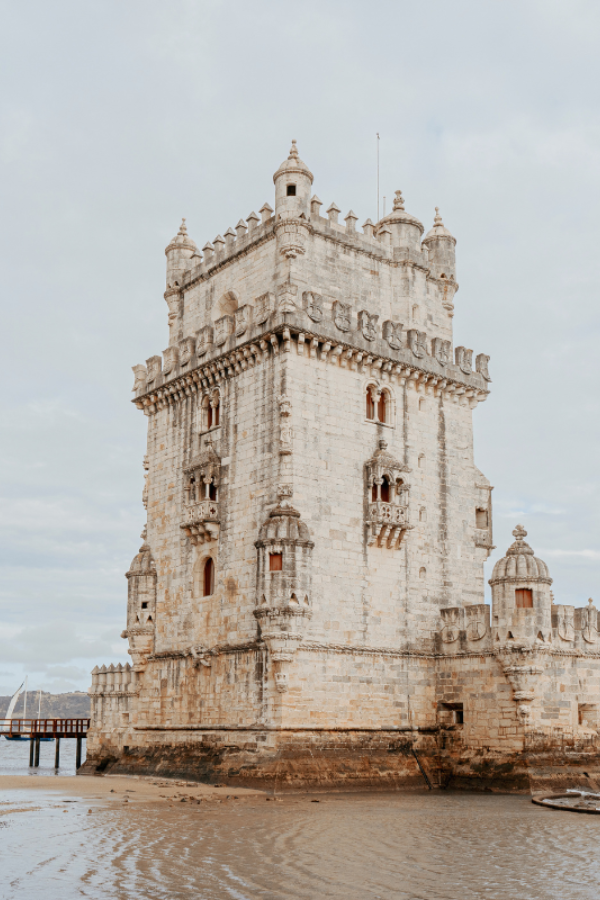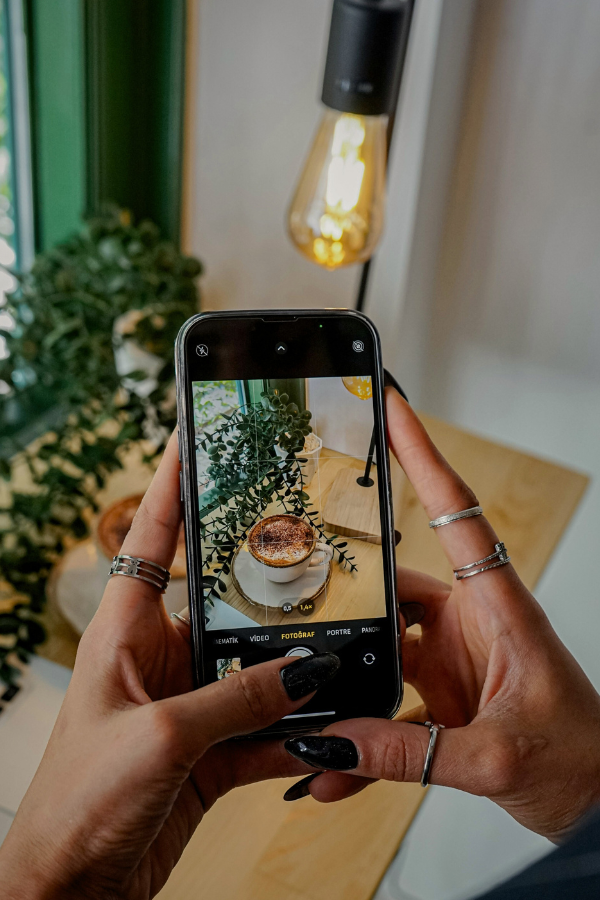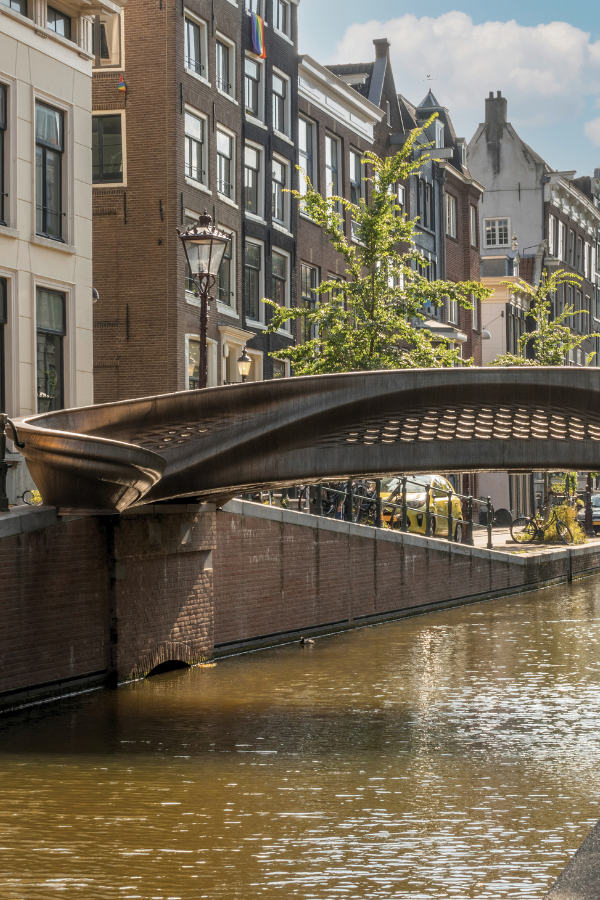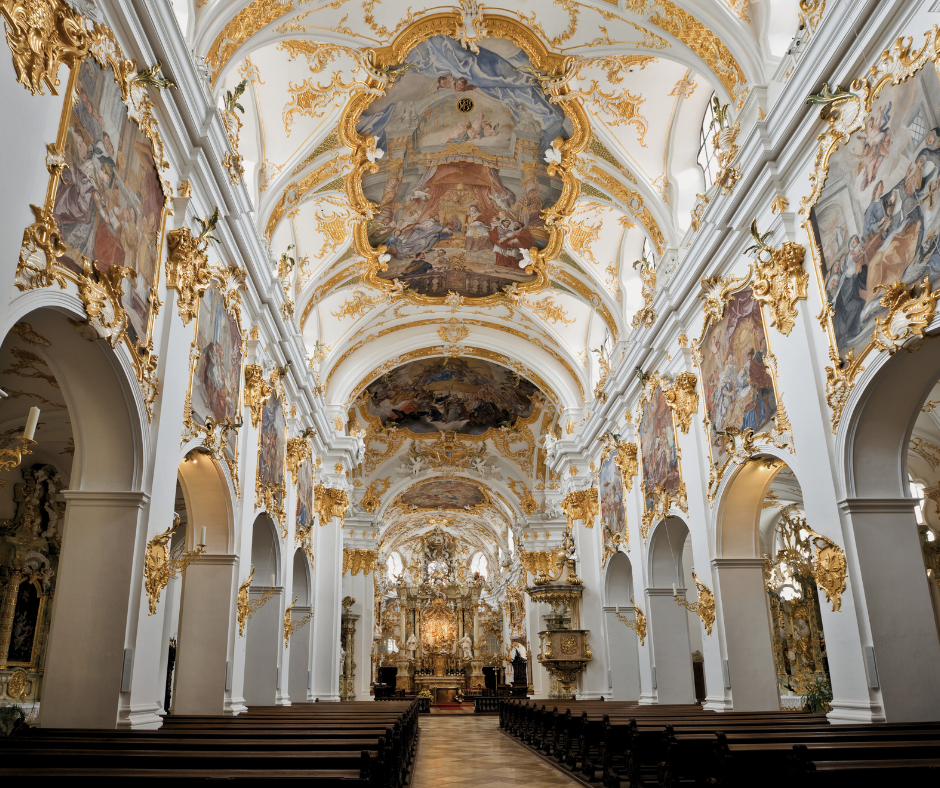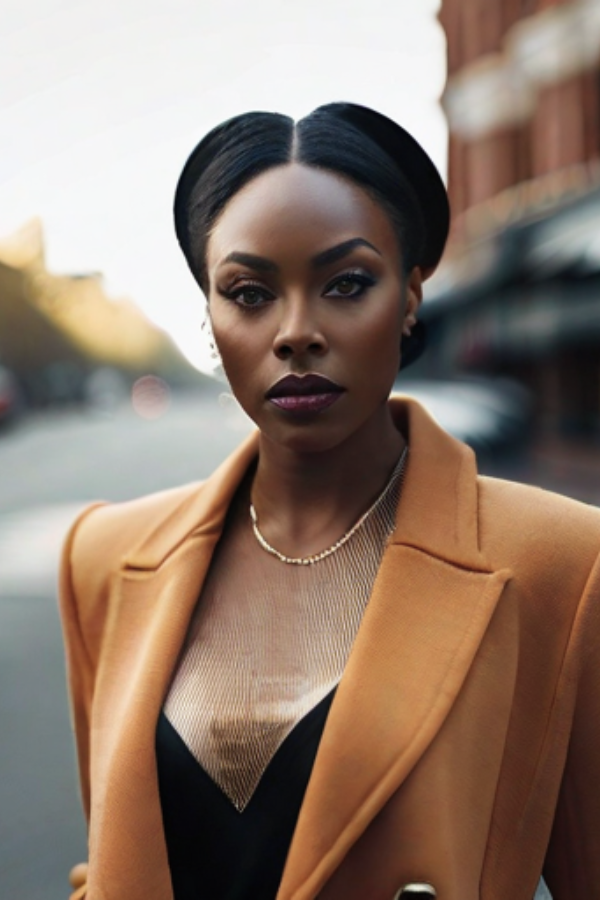
How Does Midjourney Work? Explaining the Generative AI Platform
Summary
This article provides an in-depth explanation of Midjourney, an AI-powered platform that transforms text descriptions into visual images. It highlights the tool’s key features, such as AI image creation, customization through prompts, and the generation of short videos from still images. The platform is celebrated for its accessibility, diverse applications, and the encouragement of community feedback and collaboration.
Reflection Questions
- How does Midjourney’s ability to transform text into images influence creative expression and innovation?
- What potential does AI-generated imagery hold for your field of interest or work?
- How important is community feedback in the development and improvement of AI tools like Midjourney?
Journal Prompt
Consider how you might use Midjourney in a project or creative endeavor. Reflect on the process from conceptualization to realization and write about the potential impacts and outcomes of incorporating AI into your creative workflow.
Midjourney is an innovative AI-powered platform designed to transform textual descriptions into detailed and imaginative visual images. By leveraging advanced artificial intelligence, Midjourney interprets creative prompts to generate artwork, offering a unique tool for artists, designers, and creators to visualize their ideas with unprecedented ease and flexibility.
For women in creative fields, Midjourney opens up new horizons for exploration and expression. Whether it’s for conceptualizing art pieces, designing visual content, or bringing to life the visuals for storytelling and digital media, Midjourney provides a dynamic and accessible way to expand their creative palette. By inputting simple text descriptions, artists and creators can experiment with styles, themes, and visual narratives, enhancing their creative workflow and bringing their visionary concepts to fruition with the help of AI’s computational creativity.
But how does Midjourney work? Let’s talk about it!
What is Midjourney?

Midjourney is a tool known for its advanced capabilities in generating images from textual descriptions, leveraging AI to transform written prompts into visual outputs. Of course, it’s important to note that Midjourney, like many AI-driven platforms, is subject to ongoing updates and improvements. New features, capabilities, and applications may have been introduced after the publication of this article. For the most current information on Midjourney’s features and offerings, we recommend visiting their official website or forums where users and developers discuss updates and share insights. Below are some key features and aspects that highlight what Midjourney currently offers.
Generative AI Image Creation
The core functionality of Midjourney revolves around generating high-quality, detailed images based on textual prompts. Users can describe virtually any scene, concept, or idea in text, and the AI attempts to create a visual representation of that description. The improved image quality offered by Midjourney is what attracts most users to the app.
Customization Through Prompts
Users can fine-tune their prompts with specific details, styles, or even reference particular artistic influences, allowing for a high degree of control over the generated image’s appearance. This enables the creation of artwork in various styles, from realistic to abstract.
Iterative Refinement of AI Generated Images
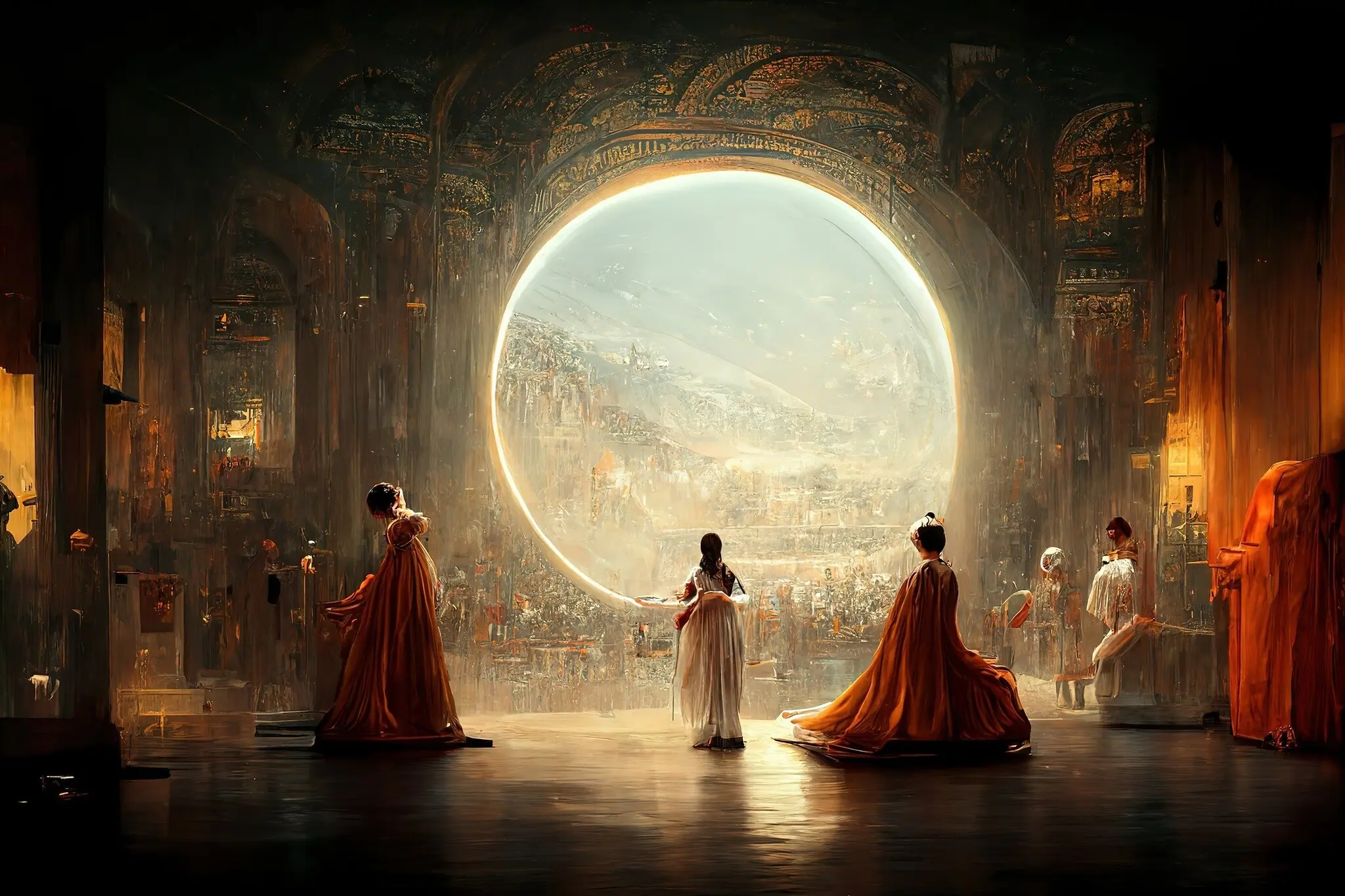
Midjourney often allows users to refine or iterate on generated images. This could involve making adjustments to the prompt for better alignment with the user’s vision or selecting a particular aspect of an image for further development.
Generation of Short Videos from Still Images
Midjourney is known for generating images, but it can also produce short animations. Generating animation or video from still images using AI involves a process that can bridge the gap between static visuals and dynamic sequences. Midjourney allows users to generate short video animations with the image grids they have previously uploaded to the platform or with images generated using the platform.
The techniques by which AI generates animations represent a combination of cutting-edge AI research and traditional animation principles, adapted for the capabilities of generative AI. The specific methods used can vary widely depending on the AI platform, the desired outcome, and the complexity of the animations. Here’s how AI typically animates generated images.
Prompt Submission
You start by submitting a textual prompt describing the image you want to create. The AI then generates several initial interpretations of your prompt. This step may involve the AI creating multiple variations or options for you to choose from, each slightly different based on the interpretation of the prompt.
Image Sequence Generation
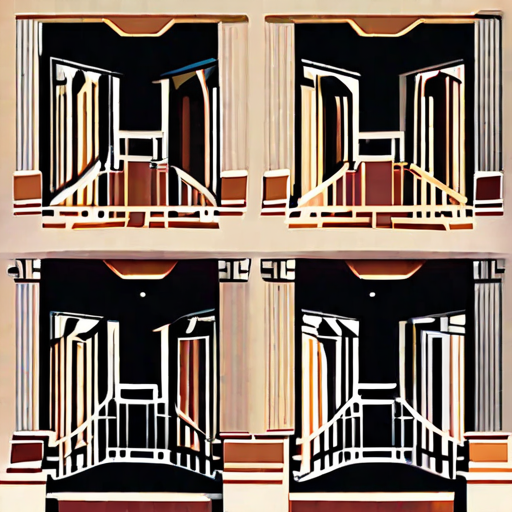
AI can create a series of images that represent sequential frames of an animation. This involves generating variations of the initial image that slightly change over each frame to simulate movement or transformation. The AI needs to understand the direction and nature of the intended movement to create a coherent sequence.
Interpolation between Keyframes
Keyframe interpolation is a technique where the AI generates key points of action or significant frames within an animation sequence. The AI then automatically generates the in-between frames (tweens) to create smooth transitions. This method requires fewer specific frames to be generated manually (or through AI), as the interpolation algorithm will create images to fill in the gaps and create fluid motion.
Style Consistency
Maintaining a consistent style and appearance across all frames is crucial for believable animations. AI algorithms can ensure that the generated frames adhere to the same visual style, color palette, and level of detail as the original generated images or specified parameters.
Motion Estimation and Modeling
For more complex animations, AI can use motion estimation techniques to predict how objects in an image should move over time based on physical models or learned data from similar animations. This might involve simulating physics for natural movements, facial expressions, or other animated effects.
GANs (Generative Adversarial Networks)
GANs can be particularly useful in the image generation process and the animation process. One part of the GAN will generate images for each frame, while the other part (the discriminator) evaluates them for realism and consistency with the source images. This iterative process continues until the Midjourney images are indistinguishable from real, moving images.
Deep Learning for Complex Animations
Deep learning models can be trained on vast datasets of video content to understand complex motion patterns, transitions, and how different elements in an image might realistically move or interact over time.
Audio Synchronization
Although primarily focused on visual content, some AI tools can also integrate audio tracks, sound effects, or voiceovers with the generated video, synchronizing sound with the visual elements for a more immersive experience.
Community Feedback and Collaboration
The platform typically incorporates a community aspect, where users can share their creations, receive feedback, and draw inspiration from the work of others. The Midjourney Discord server can be a valuable resource for learning and creative exploration.
Fuel your creative fire & be a part of a supportive community that values how you love to live.
subscribe to our newsletter
*please check your Spam folder for the latest DesignDash Magazine issue immediately after subscription

Accessibility and Ease of Use
Designed to be accessible to both professionals and hobbyists, Midjourney aims to lower the barrier to creating complex and compelling visual content. Users do not need extensive art or design experience to start creating with the platform.
Diverse Applications
The images generated by Midjourney can be used for a wide range of applications, from conceptual art and illustration to marketing materials and content creation. This versatility makes it a useful tool for artists, designers, content creators, and marketers alike.
Exploration of New Ideas
By allowing users to quickly visualize ideas, the image generator serves as a tool for creative exploration and experimentation, helping users to explore new concepts or visualize things that don’t yet exist.
Integration and Accessibility
Depending on its development and partnerships, Midjourney might offer integration with other platforms or tools, enhancing its accessibility and usability for a broader range of projects and purposes.
Who Uses Midjourney and How?
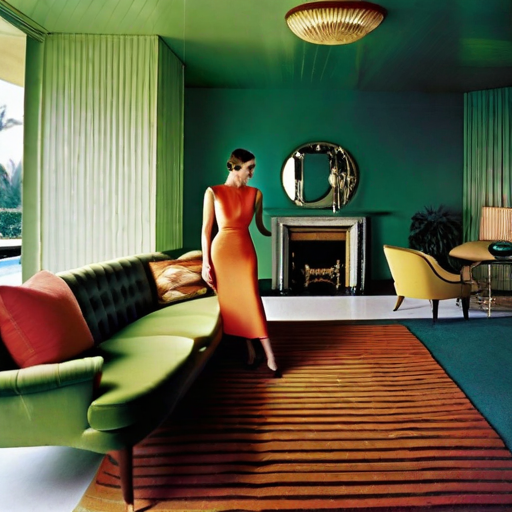
Midjourney is used by a wide range of individuals and professionals across various fields for diverse purposes, thanks to its capability to generate detailed and creative images from textual descriptions. The flexibility and power of Midjourney’s AI make it appealing to artists, designers, marketers, game developers, and hobbyists. Let’s delve into how different types of users might utilize Midjourney for their specific needs.
Artists and Designers
Artists and designers use Midjourney to experiment with new art styles, concepts, or to overcome creative blocks. By inputting textual descriptions, they can generate a variety of visual outputs that might not have been immediately apparent through traditional means. This can include experimenting with different color schemes, compositions, or even fantastical elements that are difficult to render by hand. It’s a tool for rapid prototyping of ideas, exploring abstract concepts, or simply as a starting point for further artistic development.
Writers and Content Creators
Writers can use Midjourney to bring scenes or characters from their stories to life. Visualizing complex scenes or characters can help in fleshing out details, providing inspiration, or even helping readers to engage more deeply with the content through visual aids. Content creators might use these visuals to accompany blog posts, articles, or social media content, making the narrative more engaging and accessible to their audience.
Marketers and Advertisers
In marketing and advertising, capturing the audience’s attention quickly is crucial. Midjourney can be used to create stunning images in a wide variety of artistic styles for campaigns, branding, or promotional materials. Marketers can experiment with different themes, messages, or visual styles quickly without needing extensive design resources, allowing for a more agile response to trends or audience feedback.
Game Developers and Filmmakers
These creators often need to visualize complex worlds, characters, or assets as part of their development process. Midjourney can serve as a tool for concept art creation, helping to quickly generate a variety of ideas that can be further refined by the development team. This accelerates the pre-production phase, enabling a more efficient exploration of creative options before committing significant resources to development.
Educators and Researchers
Educators might use the app to create a Midjourney image that explains complex concepts or historical events in a more engaging manner. Researchers, particularly those in fields like history or science, can generate images depicting scenarios for which no visual references exist, enhancing their presentations or publications with speculative illustrations that help convey their findings or hypotheses.
Entrepreneurs and Product Designers
For those in the early stages of product development, visualizing the product concept, packaging, or branding elements can be crucial. Midjourney enables rapid prototyping of visual ideas, allowing entrepreneurs and designers to explore various aesthetic directions, receive feedback, and refine their concepts before moving to more costly production stages.
Hobbyists and Enthusiasts
Individuals with an interest in creativity, technology, or AI can use Midjourney as a playground for exploration. Whether creating art for personal satisfaction, generating visuals for a hobby project, or simply exploring the capabilities of AI in creative processes, Midjourney offers a user-friendly platform for creative experimentation.
Architects and Urban Planners
These professionals can use Midjourney to visualize architectural concepts, urban planning projects, or interior designs. It offers a quick way to see how different elements might look in a physical space, helping in the decision-making process, presenting ideas to clients, or exploring innovative design solutions.
How Does Midjourney Compare to Other Image Generation AI?
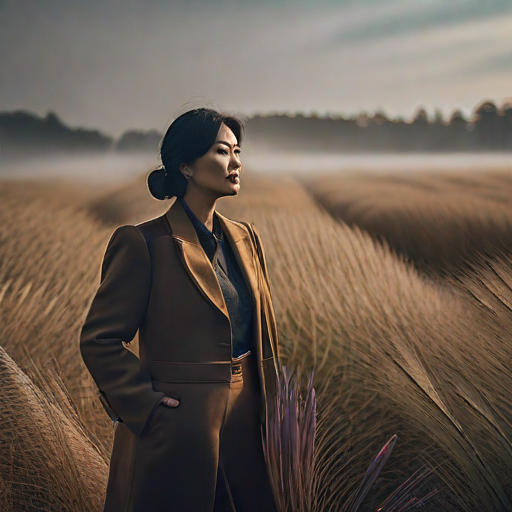
Midjourney, like other AI image generation platforms, offers unique features and capabilities, but its comparison to other tools depends on several factors including image quality, creativity, user interface, and the specific needs of the user. Here’s a general comparison of Midjourney against other prominent AI image generation apps and tools like OpenAI’s DALL·E, Stable Diffusion, and Artbreeder.
Image Quality and Style
Midjourney often produces images that are highly artistic and have a unique style, which can be very appealing for certain types of projects, especially those requiring a more abstract or conceptual look. DALL·E by OpenAI is known for generating images that are both creative and coherent, with a strong ability to understand and execute on complex prompts.
Stable Diffusion generates high-quality images and is particularly noted for its flexibility and the control it offers users over the generation process. Artbreeder focuses on blending and morphing existing images to create new ones, allowing for high customization but within the constraints of its blending algorithms.
Creativity and Flexibility
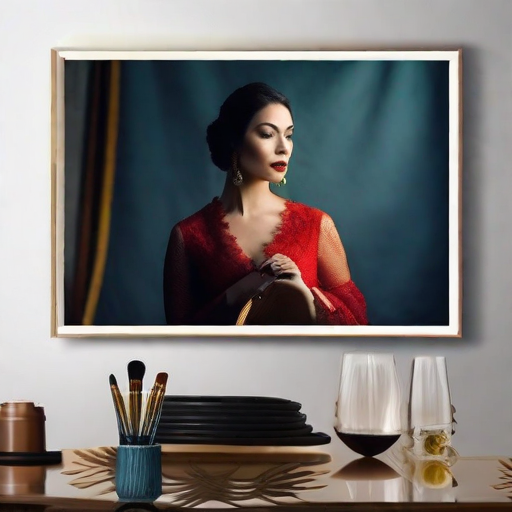
Midjourney excels in creating highly imaginative visuals from abstract concepts, providing unique interpretations of prompts. DALL·E demonstrates strong capability in understanding and creatively interpreting detailed prompts, often with surprising accuracy.
Stable Diffusion is customizable and can be fine-tuned by users for specific tasks, making it versatile for a wide range of creative projects. Artbreeder offers a unique approach to creativity by allowing users to combine and manipulate genes of images, exploring a vast space of potential outcomes.
User Interface and Accessibility
Midjourney might be accessed through specific platforms or interfaces designed to foster community interaction and feedback. DALL·E provides a straightforward interface through OpenAI’s platform, focusing on simplicity and ease of use.
Stable Diffusion can be used through various interfaces and implementations, with some versions requiring more technical knowledge to deploy and customize. Artbreeder uses a web-based interface that is intuitive for blending and adjusting images, making it accessible to users without technical expertise.
Application and Use Cases
Midjourney is well-suited for artists, designers, and creatives looking for unique, abstract, or stylized visual interpretations of their ideas. DALL·E serves a broad audience, including professionals needing specific and coherent visual content, educational purposes, and creative exploration. Stable Diffusion is favored by tech-savvy users and creators who require high levels of customization or want to integrate AI image generation into their workflows. Artbreeder appeals to users interested in exploring the potential of image blending and evolution, offering a unique way to create characters, landscapes, and abstract art.
Community and Development
Platforms like Midjourney and Stable Diffusion have vibrant communities where users share creations, tips, and modifications, contributing to the tool’s development and versatility. DALL·E and Artbreeder also have active user bases, but their development and feature updates are more controlled by their respective organizations.
Final Thoughts on Using Midjourney AI
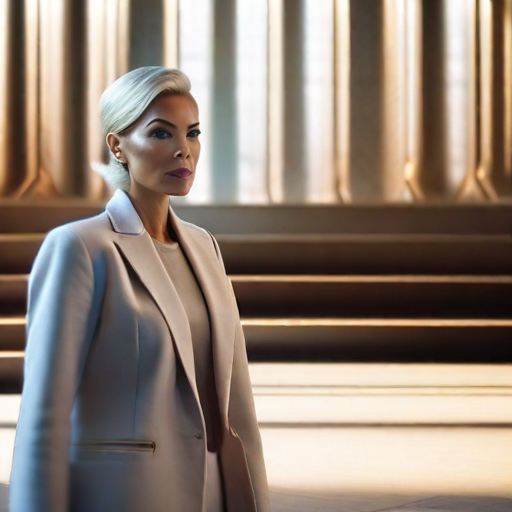
Let us know if you start generating images or videos with Midjourney in the comments below. Whether you create AI art or visualizations for interior design projects, we would love to hear about your experience with your own images created by Midjourney.
Design Dash
Join us in designing a life you love.
10 Design-Forward Menorahs for a Meaningful (and Artful) Hanukkah
Enjoy ten design-forward menorahs that combine ritual and artistry. These objects feel meaningful, intentional, and at home year-round.
5 Designer-Approved Christmas Trees to Inspire Your Holiday Decorating
LIKE 2 LEAVE COMMENT 0 6 min read SummaryThe most compelling Christmas trees don’t focus on chasing trends or achieving perfection; instead, context is key. These five designer-approved trees show how scale, materials, setting, and personality can shape holiday decorating that feels intentional, expressive, and true to its environment, whether playful, restrained, lived-in, or theatrical.…
11 Christmas Paintings to Put You in the Holiday Spirit This Year
Explore 11 Christmas paintings that celebrate the beauty, traditions, and emotions of this festive, fun, and meaningful holiday season.
Styling Spaces Seasonally for Evergreen Portfolio Content + Of-the-Moment Marketing
Learn how interior designers can style spaces seasonally to create both evergreen portfolio images and timely marketing content.
Counting Down Our Most Listened-To Episodes of 2025: Brittny Button
Learn why our conversation with Brittny Button became one of the DesignDash Podcast’s most listened-to episodes of 2025.
10 Finn Juhl Furniture Pieces That Embody Danish Modern Design
As evidenced by these 10 iconic Finn Juhl furniture pieces, he exemplified Danish Modernism through sculptural forms and architectural angles.



